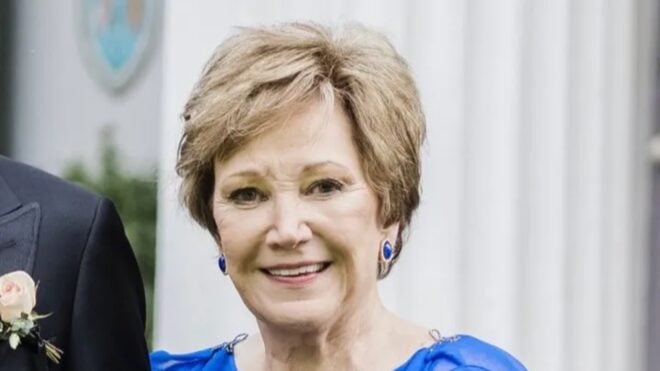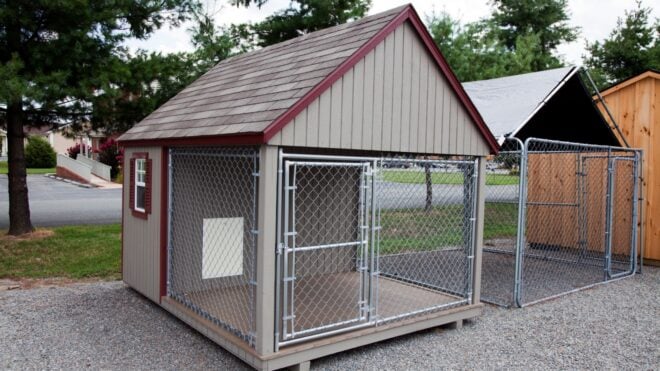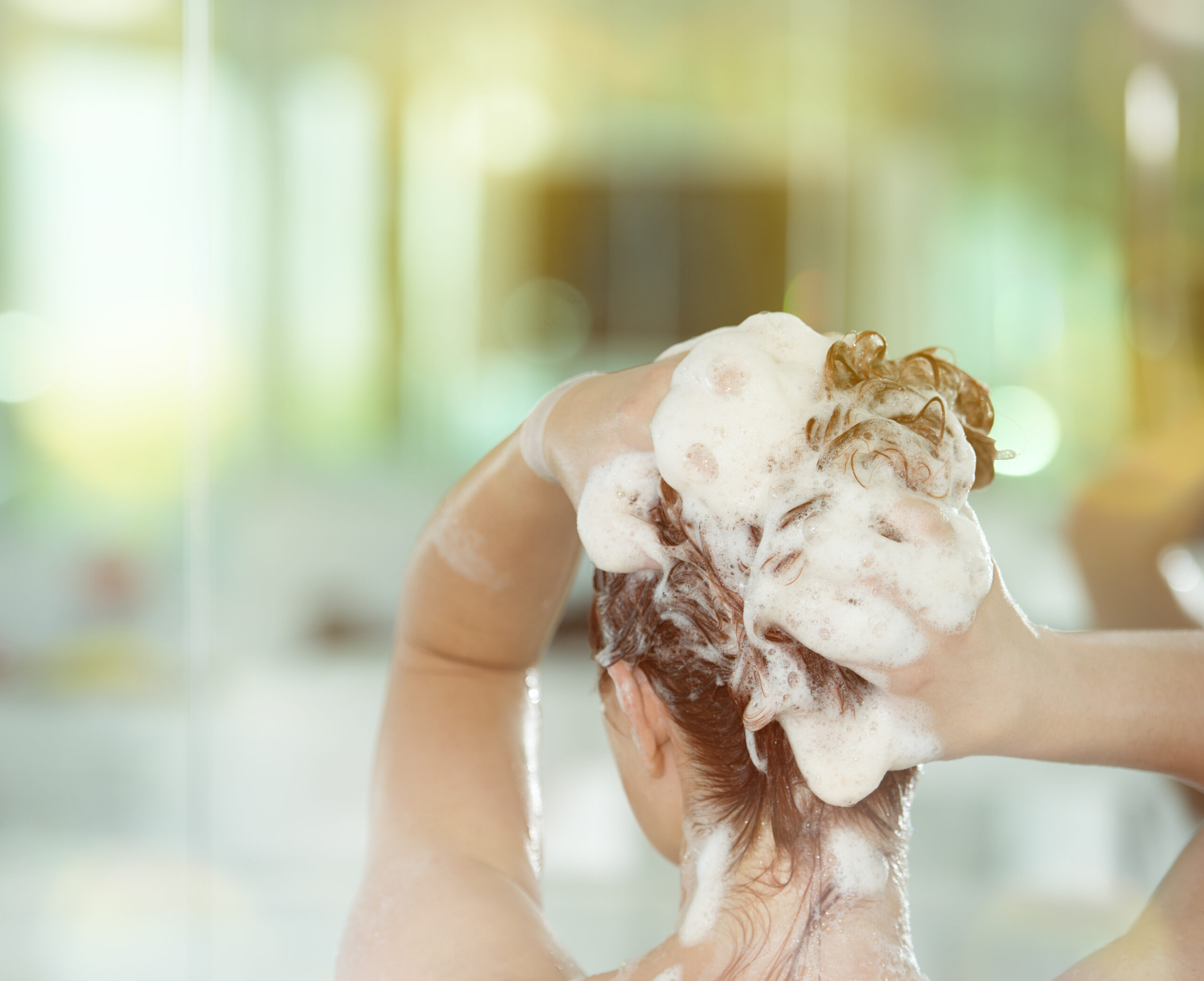
I started highlighting my hair in the summer of 2021 just to shake things up a bit. After spending years using henna on my hair to dye it red, I spent nearly all of 2020 and half of 2021 growing out my natural hair color.
I was a little hesitant at first; the last time I had highlighted my hair I was 12, and I remember the highlights were subtle at first, but at some point basically my entire head was blond. I wanted to avoid a similar fate, as by this time, after years of covering it up, I was pretty attached and infatuated with the color of the hair that just grows out of my head.
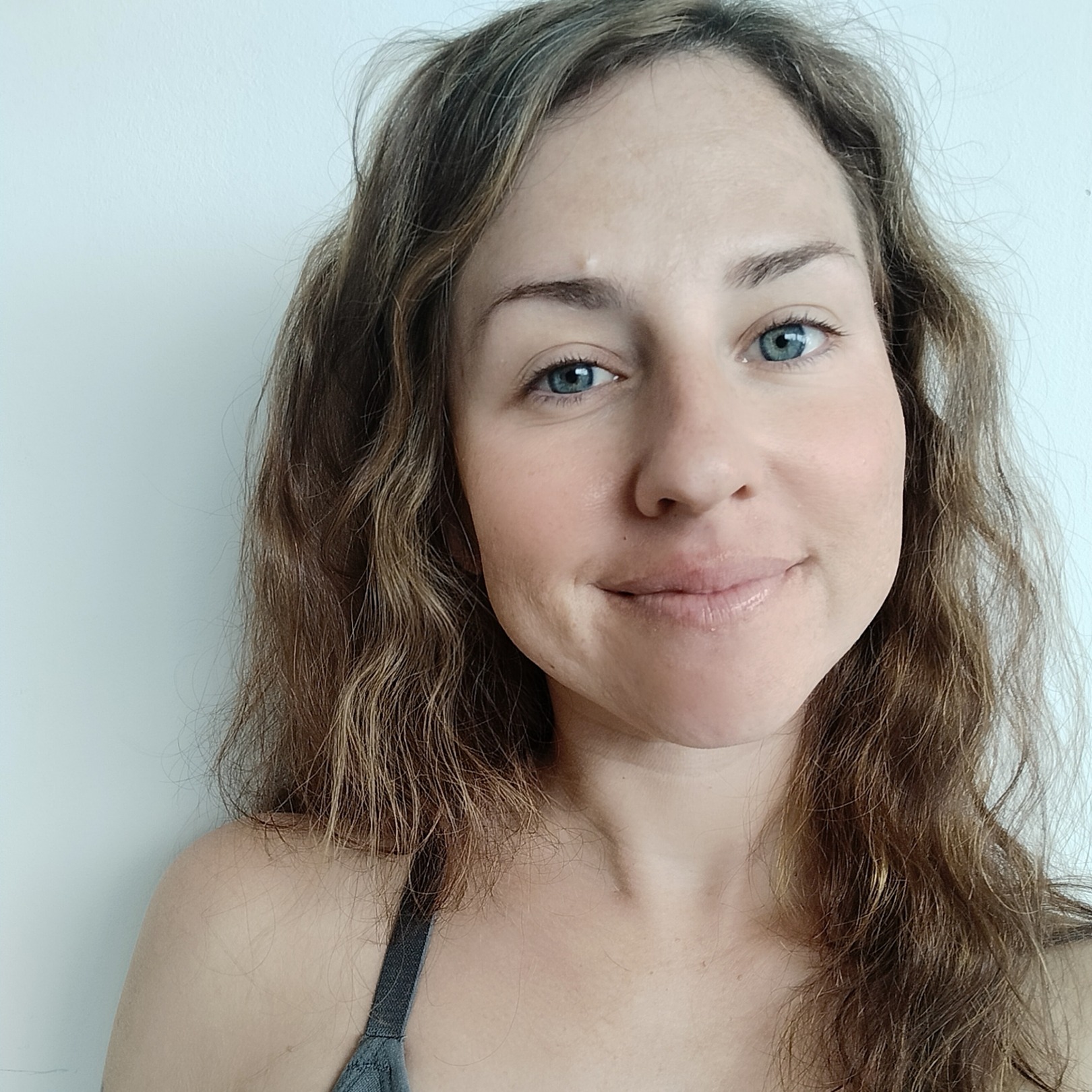
I was able to communicate this pretty well to the first woman who highlighted my hair. She understood what I wanted and what I didn't, and the result was very pleasing to my eye. But over time, the color began to grow a little orange and brassy. At the time, I lived right on a beach near the equator and didn't realize the effect that constant sunshine could and would have on my hair — that plus any heat I applied with hair styling tools like a straightener or a hair waver meant my hair became damaged pretty quickly.
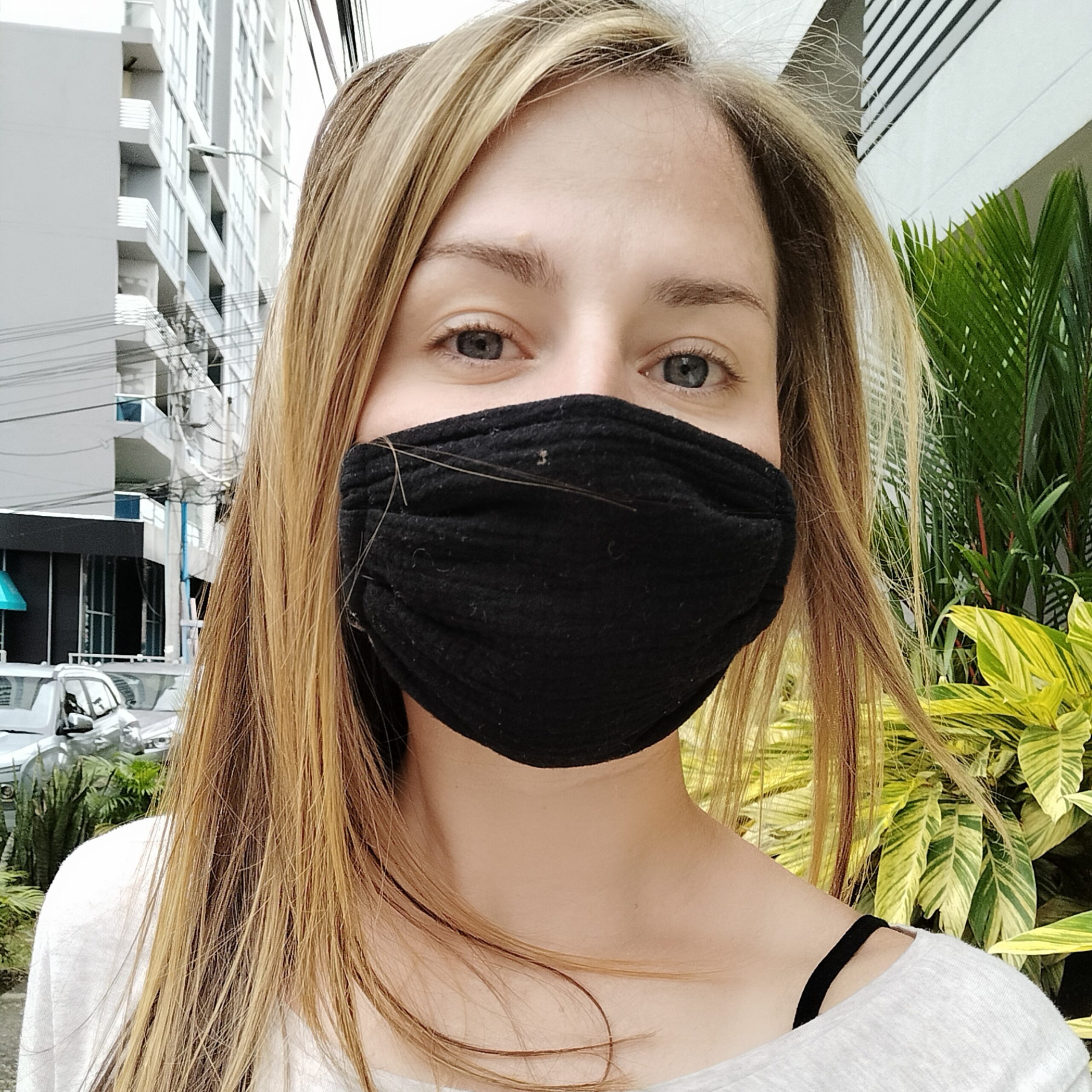
In November, I moved and went to see someone else about touching things up. I could tell my hair was dry, but I didn't realize the extent of the damage; I thought it would be fun to add more blond, but a language barrier resulted in more color than I anticipated. I thought it was beautiful, but it was very, very blond, and I didn't exactly know how to take care of it to keep it that way.
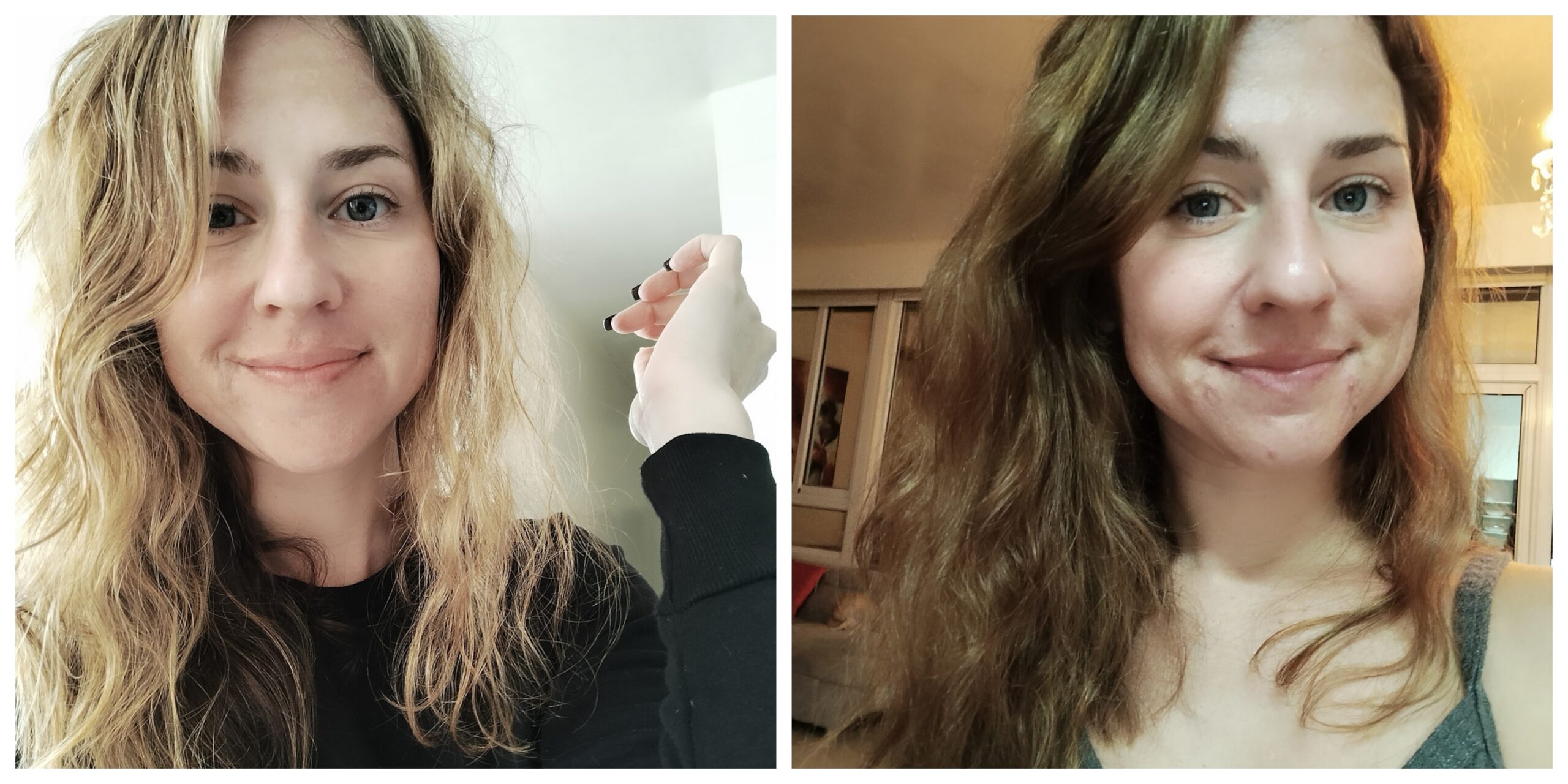
As I washed my hair over the next few weeks, it seemed to me the color was getting yellower and further from my original goal. I didn't hate it, but the light color also made it more obvious just how damaged my hair was, and I definitely wasn't a fan of that. The woman who did my highlights the first time suggested I try toning my hair at home, so after walking me through what to buy (Yellow brand peroxide and the brand's No. 8 hair color), I spent a night doing exactly that.
To be honest, the results startled me: I had meant to make my hair less brassy, but not lose the blond altogether. In the photo, you can see what it looked like the night I did it — that's a pretty big jump!
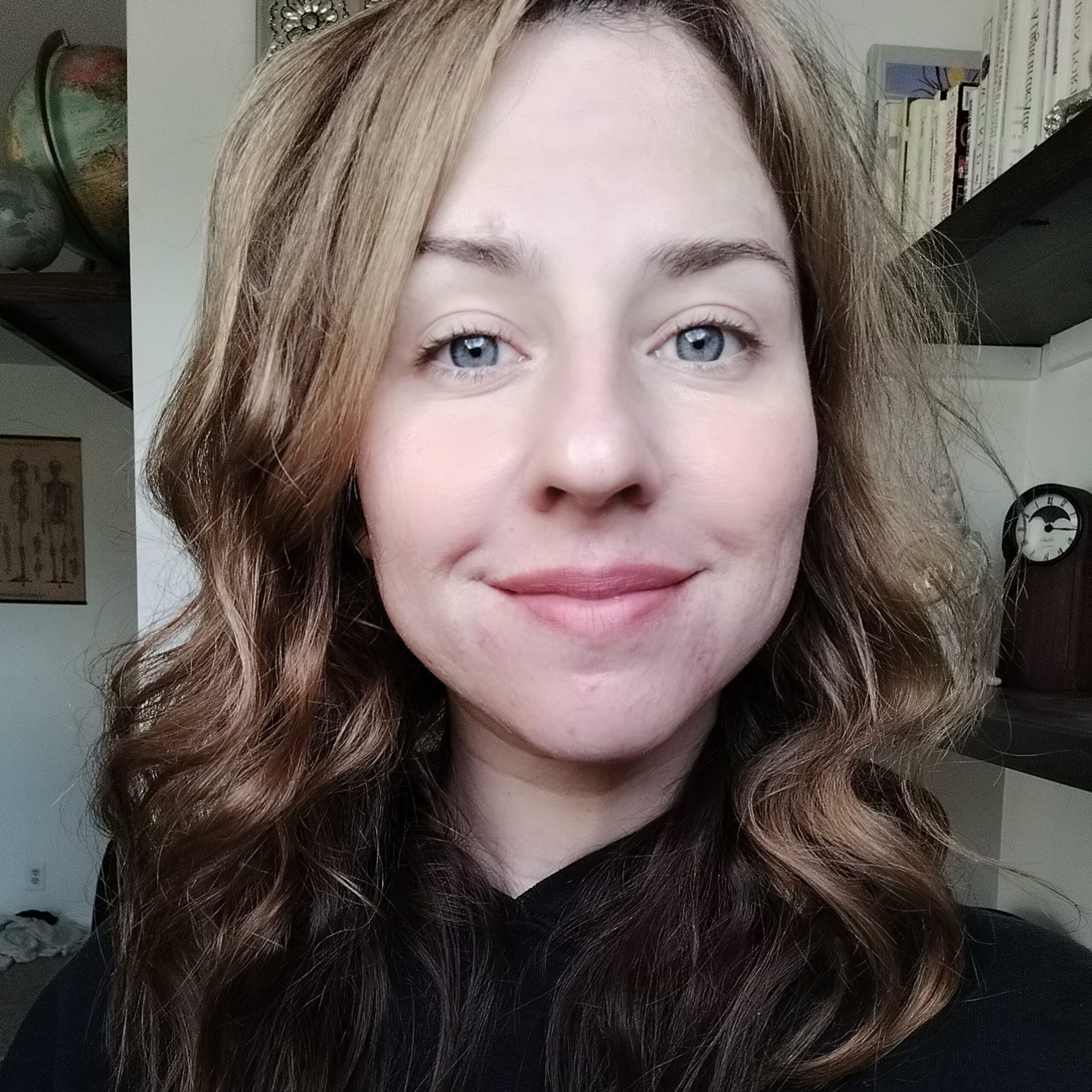
But a week or so later, my hair was back to being blond on the highlighted areas, though not as bright or as brassy as it had been. My former hairstylist had also recommended blue shampoo and conditioner, so I'd picked up the duo pack by Not Your Mother's and had been faithfully using it every time I washed my hair (every other day). While I was unfamiliar with the products, she explained that the blue helps neutralize red and orange tones that make processed brown hair look rough.
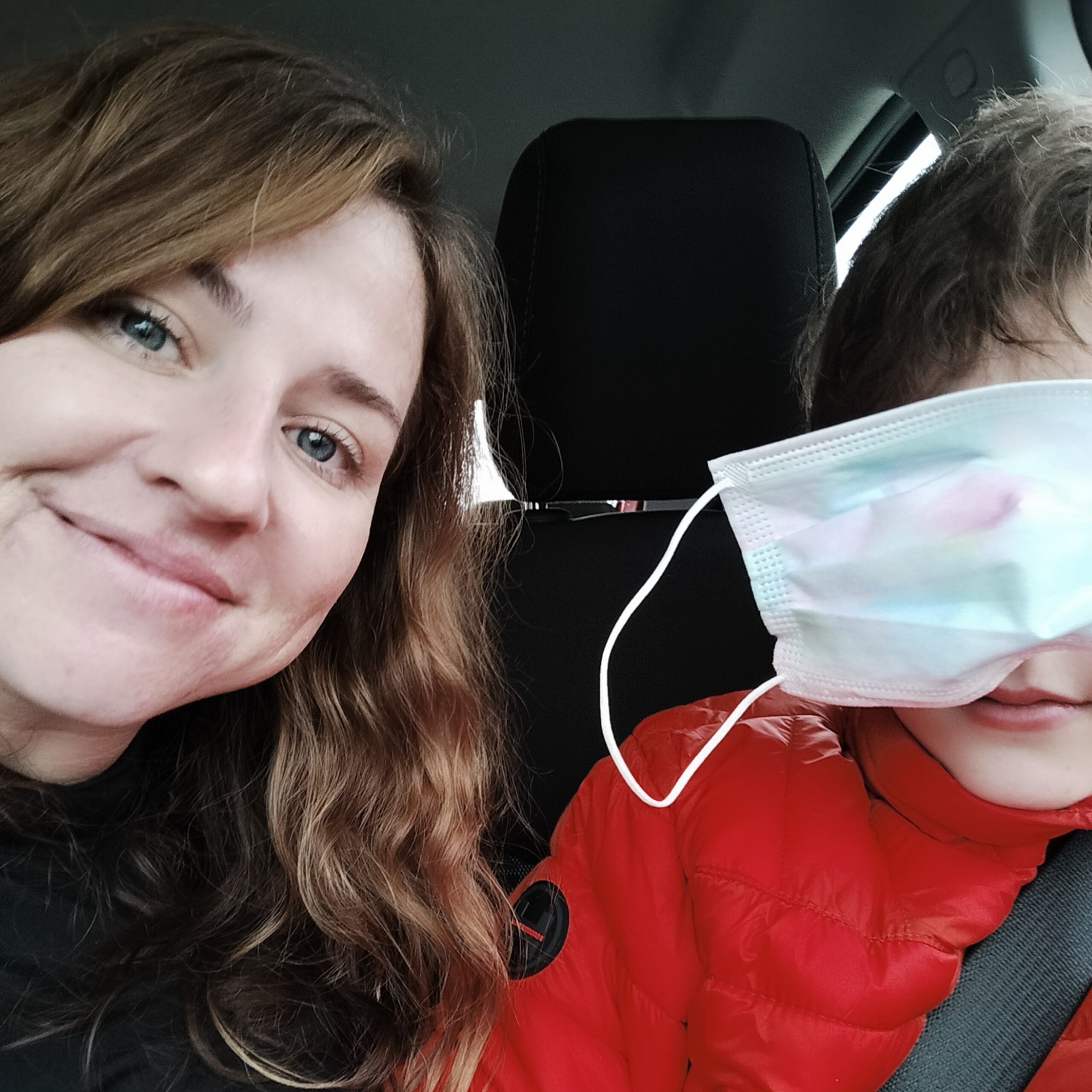
I started to fall in love with the darker shade of blond and was happy that the hair that hadn't been highlighted (the natural shade that's darker in the photo) was still super healthy. I began thinking about what it might take to go back to my natural shade completely, but I didn't know if I would be able to keep any new brown hair color from fading back into the blond underneath.

A week or two ago I went back to the salon and chatted with the woman there about the state of my hair. She ended up taking most of my hair back to brown completely, adding some contouring in the front. Again, the transition was surprising at first (I had completely forgotten what I look like with brown hair on top of my head), but now I love it. So far, the blue shampoo and conditioner has kept my brown hair brown and my blond hair not brassy, so I'm super pleased.
In short, the verdict: Does blue shampoo and conditioner work? All signs point to yes.

